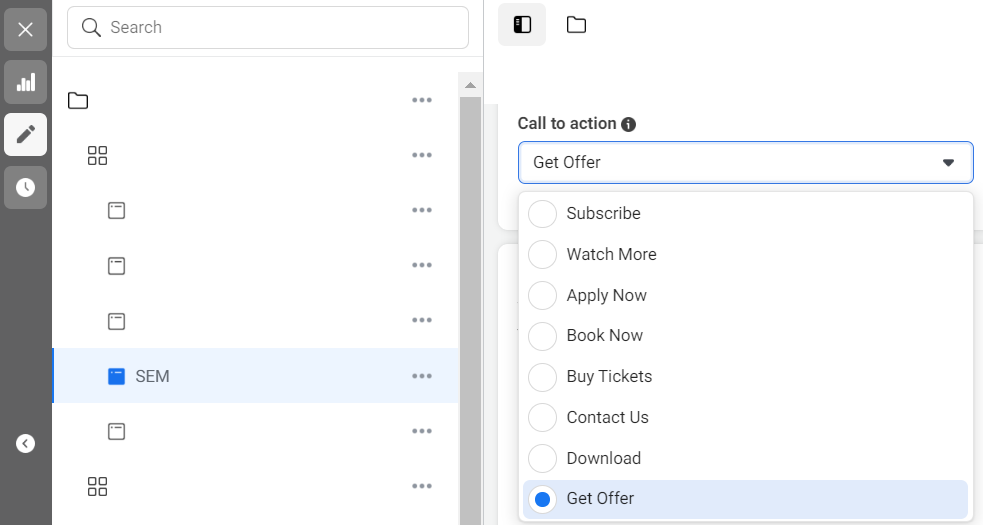
Local SEO Basics
What Local SEO Is ?
Local businesses can enhance their online presence and establish connections with potential customers in their neighborhood or tourists by implementing Local Search Engine Optimization, often known as Local SEO. This strategy works particularly well for firms that have a physical presence, such as neighborhood shops, eateries, or service providers.
The Significance of Local SEO for Small Businesses
Forget traditional flyers, local SEO is the new way for Albanian businesses to attract customers! People increasingly search online for nearby services, with "near me" searches soaring. Local SEO ensures your business, whether a Tirana bakery or a Berat artisan workshop, appears at the top of these searches. Think of it as a digital signpost guiding customers straight to you. Imagine hungry locals typing "furreria Tirane" (bakery Tirana) and seeing your delicious pastries pop up first! Local SEO involves optimizing your website (including address and opening hours) and claiming your Google My Business profile - your online business card with location, reviews, and photos. By making your business discoverable online, local SEO puts you at the forefront of local searches, ensuring you're the solution customers find. (This version is around 220 characters).
Tips for Local SEO Optimization
1. Optimize Your Google My Business (GMB) Listing
Google My Business (GMB) is a free online game-changer for local businesses. It's like a digital storefront showcasing your location, hours, services, and even enticing photos. This gets you noticed in local searches! To climb the rankings, keep your GMB profile updated with accurate hours, highlight unique features, and add eye-catching photos. Encourage reviews (positive or negative - respond to both!) to build trust and boost your visibility. By making your GMB profile shine, you'll attract more local customers and potentially earn a coveted spot on Google's local search results page.
2. Consistent NAP Information
Consistent Name, Address, and Phone Number (NAP) information is crucial for local SEO. Search engines use NAP to find and rank your business locally. Make sure your NAP is listed as text on your website (header, footer, or contact page) and ensure it matches citations on trusted sites like Yelp and Bing Places. Consistent NAP builds trust with Google and boosts your local search visibility.
3. Local Keyword Research
Local keyword research attracts the right customers! Find short and long-tail keywords with local terms people use to search for businesses like yours. Here's how to get started:
- Spy on Competitors: See what keywords your rivals target for inspiration.
- Leverage Google: Use Google Autocomplete and Keyword Planner to discover relevant local keywords.
- Google's Keyword Planner: Primarily designed for researching keywords for paid campaigns, this tool can also help you identify keywords related to your local business.
4. Local Keyword Research
On-page SEO optimizes your website to attract local customers. Here's how:
- Craft Local Content: Sprinkle geographic keywords throughout your website (URLs, titles, meta descriptions, content) and include relevant local images.
- Target Local Services: Create location-specific pages for multi-branch businesses and leverage internal linking to connect your website's content.
By following these tips, you'll help search engines understand your local focus and improve your visibility in local searches.
5. Cover Local News and Events
Craft a strong online presence to be the go-to business in your community. Here's how:
- Sprinkle Local Lingo: Include your city, nearby neighborhoods, and even informal terms in your content (blogs, newsletters). This builds local trust and helps search engines recognize your local focus.
- Become a Local Fixture:
- Write content relevant to your area (e.g., "Best Wedding Cakes in Brooklyn").
- Sponsor local events and write about your experiences.
- Interview local experts to add depth to your content.
By acting as a local authority online and offline, you'll attract customers and improve your local SEO ranking. Search engines reward businesses that are relevant to their community!
6. Mobile-Friendly Website for Local SEO
In today's mobile world, 82% of smartphone users search for businesses "near me." A mobile-friendly website is key for local SEO! Here's why:
- Engaged Users = Happy Customers: A user-friendly website keeps visitors engaged and searching for your business.
- Mobile Must-Haves: A responsive design, clear fonts, smooth media display make your website shine on smartphones.
- Content is King (and Queen) on Mobile:
- Short paragraphs
- Whitespace for readability
- Subheadings & bullet points for easy scanning
- Summaries for quick insights
- Bold & italics for emphasis
By prioritizing a mobile-friendly website, you'll keep local customers happy and improve your local SEO ranking.
7. Social Media Engagement
In today's digital world, social media isn't just about following trends - it's a powerful tool for local SEO. By actively engaging on the right platforms, you can boost your online presence and attract local customers. Here's how to leverage social media to climb the local SEO ladder:
- -Use alt text with relevant keywords for image and video posts
- -Select relevant tags and categories to be discovered easily
- -Add relevant, location-based keywords in your profile and posts
- -Include contact information (Phone number, website, and address)
- -Encourage audience engagement through QNA sessions
- -Optimize OG/X card metadata tags for website links
Conclusion
The future of local SEO is brimming with exciting possibilities. From optimizing for voice search to leveraging the power of visuals, local businesses will need to adapt to a more user-centric approach. Keeping pace with the evolving customer journey, which integrates online reviews, social media interactions, and mobile experiences, will be key. Additionally, the rise of AI might play a larger role in local SEO tasks, making strategy and optimization potentially more streamlined. By embracing these trends, businesses can ensure they stay discoverable and competitive in the ever-changing digital landscape.



